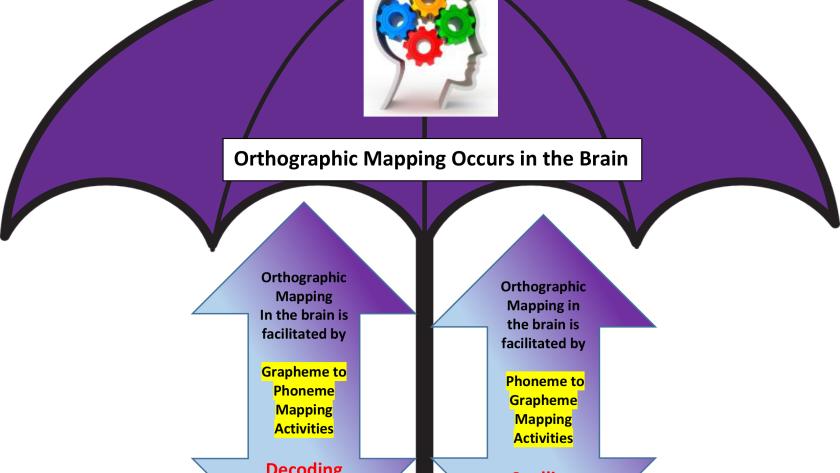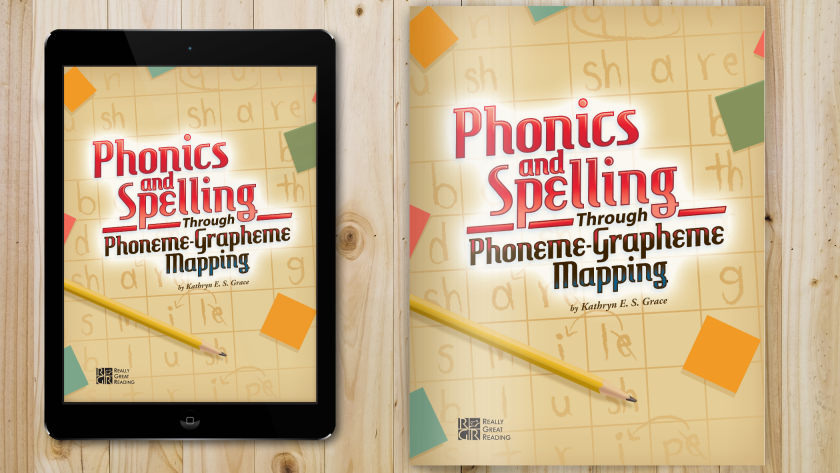1700s–Mid-1800s: Children are taught to read through memorization of the alphabet, practice with sound-letter correspondences, and spelling lists. The prevailing texts used for teaching reading are the Bible and political essays.
Mid-1800s: Inspired by Jeffersonian democratic ideals, some educators attack phonics and urge a meaning-based approach to learning to read.
Late 1800s: All-purpose reading materials are replaced by…





